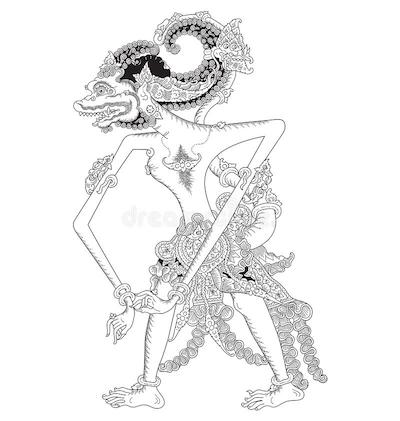A tale of two pipelines

Anti-Wayang
Recently, two pipeline projects in Malaysia were in focus amidst allegations from Finance Minister Lim Guan Eng that the China contractor was paid ahead of construction milestones.
*1. What are Lim Guan Eng’s allegations?*
RM8.3 billion or 88% of the total RM9.4 billion contract value of both projects have been paid when only 13% of work was completed.
*2. How are the projects funded*?
85% of the project value is funded by a China Govt soft-loan with interest of 3% p.a while 15% is funded by a govt Sukuk at 4% p.a interest.
*3. How long is the construction period for both pipelines*?
For both projects, it is between 2 to 3 years from start to finish.
*4. Was the funds diverted to any 3rd parties? Where did all the payments go?*
No 3rd parties were paid. All payments were made to the main China contractor as per the contract.
*5. Who is the main China main contractor?*
The China Petroleum Pipeline Bureau (CPP), which is the largest petroleum pipe laying company in the world with more than 10,000km of pipelines constructed. It is a fully owned subsidiary of China National Petroleum Corporation (CNPC) which the entirely owned by the Govt of China. CNPC is the 4th largest company in the world by revenues of US$268 billion (RM1.07 trillion) in 2017.
*6. What is the actual impact of the 88% payment despite 14% milestone completion to Malaysia?*
It depends. As the project only takes 2 to 3 years, the impact could be that Malaysia has to bear the interest cost 2 years earlier. However, the project is majority funded by a soft-loan from China with a low interest rate of 3% p.a, so the maximum impact would amount to about RM500mil in additional interest cost or it could be lower as the terms of the soft loan was not disclosed by the Finance Ministry. There could have been interest free periods or incentive terms in the soft loan as this is not unusual under Govt to Govt loans.
*7. What could be a possible reason for the high payments compared to completion milestones?*
Building and laying a pipeline is not the same as building a house or building a highway. It is not unusual for such projects to have the majority of the cost being incurred upfront.
For example, the design, land acquisition, fabrication yard for making the pipes and raw materials purchases for the pipes could have been incurred upfront to prepare the route and make the pipes. Laying the pipes could be done relatively fast as laying pipes is not the same as building roads or building tunnels in a normal road construction project.
*8. So, what are the two projects and how does it benefit Malaysia? Will we get back our money?*
The first pipeline is the Multi-Purpose Pipeline (MPP) which is a 800km-long extension of the Peninsular Gas Utilisation (PGU) to connect Pengerang to Melaka to Perlis. The Pengerang RAPID project already nearing completions will be our country’s largest oil refinery and reduce the amount of processed oil imports from Singapore. These products will need to be transported to the rest of the country in the lowest-cost and most reliable way compared to road tankers. The MPP is expected to meet the 30-year market demand for petroleum products in peninsular Malaysia.
The Trans Sabah Gas Pipeline (TSGP) project is to build a a 662km-long gas pipeline from Kimanis Gas Terminal to Sandakan and Tawau. This project was to enable gas-powered power plants to operate in the western part of Sabah and solve the energy problem currently faced by those areas as well as to feed the industrial complexes there.
One of the major project is a much delayed 300MW electricity plant in Sandakan to solve the frequent power outage problem there. Previous plans to build a coal powered plant in the same location was met with strong objections while a diesel powered plant was found to be unfeasible due to pollution and diesel feedstock cost reasons.
*9. Are the projects cost above market price*
Lim Guan Eng did not make this accusation. Also, as these projects are one of a kind, it is hard to compare cost. However, Guan End said the TSGP of 662km long cost RM4.06 billion whereas the 512km Sabah-Sarawak Gas Pipeline (SSGP) completed in 2013 had cost RM4.6bil.

